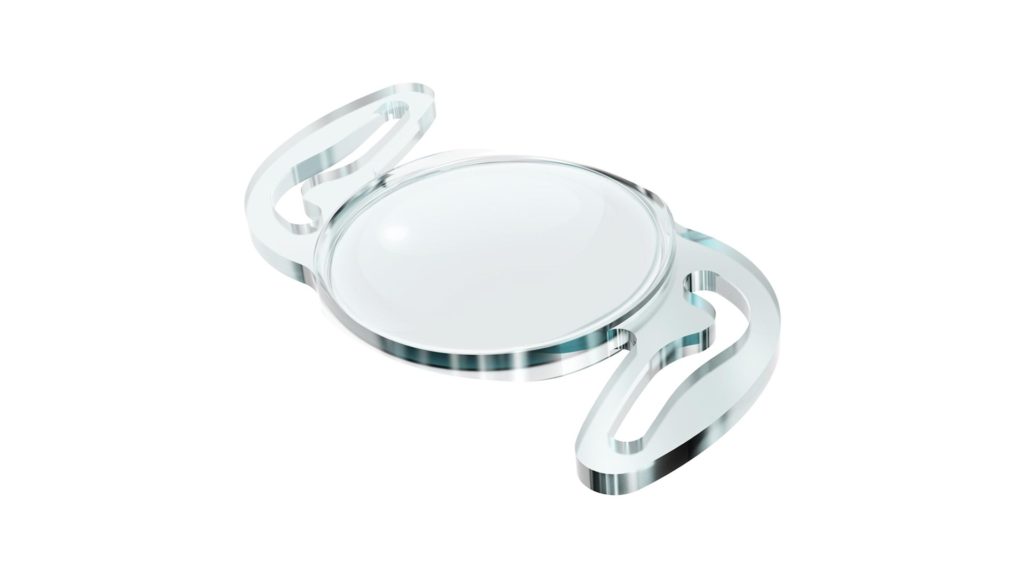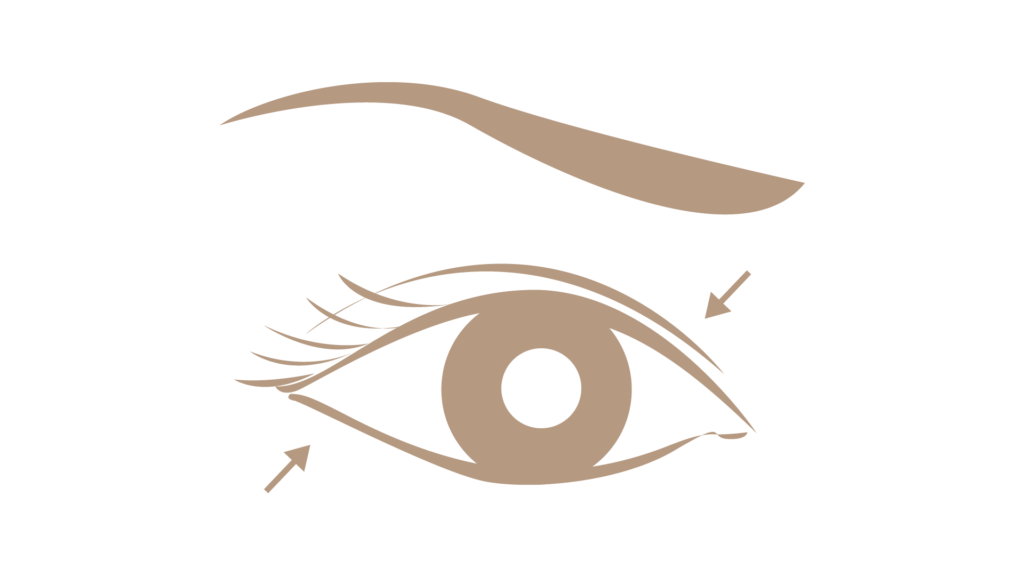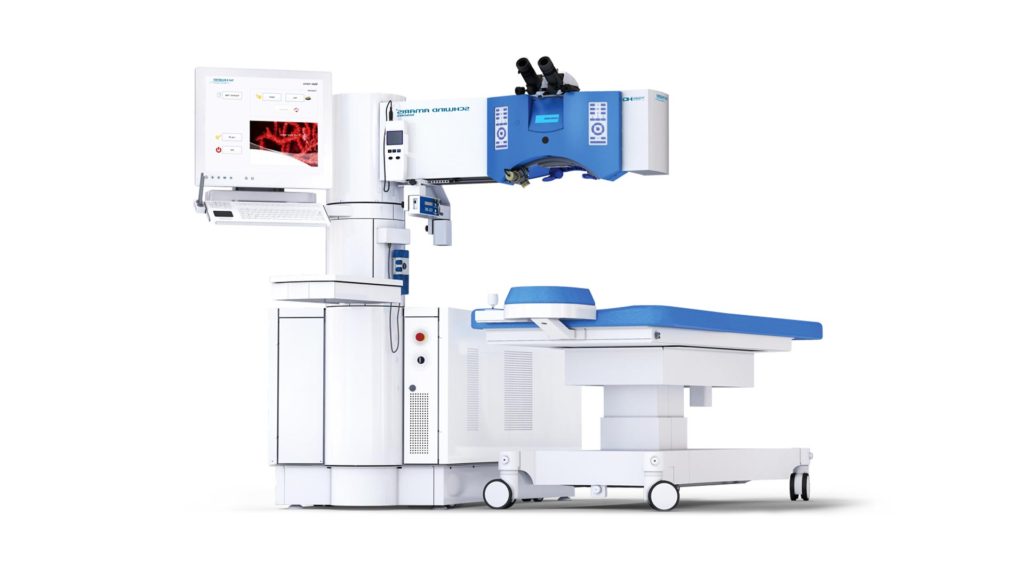
In order to replace the natural lens, which is removed during cataract surgery or refractive lens exchange surgery, Intraocular lenses are artificial lenses that are surgically installed inside the eye. Other visual issues like astigmatism, nearsightedness, and farsightedness can also be treated with these lenses.
Intraocular lenses are intended to resemble the natural lens of the eye and are often manufactured of a transparent, biocompatible substance like silicone or acrylic. They are available in a range of sizes, shapes, and flexibility options to accommodate various eye types and corrective requirements.
There are several types of Intraocular Lenses available: Monofocal, Multifocal, Trifocal or Toric. Each with their own unique features and benefits.
Millions of cataract and refractive lens exchange procedures have been successfully performed worldwide using intraocular lenses, which are a secure and reliable choice for vision correction. It’s vital to speak with an eye specialist to see if intraocular lenses are the correct choice for you, since there are dangers associated with any surgical operation.
New Generation Premium Trifocal Intraocular Lenses
Trifocal intraocular lenses are a more recent variety of intraocular lenses that have grown in acceptance over the past few years. Surgically implanted inside the eye they are made to offer precise vision at three different distances: up close, midrange and far, to focus on objects at various distances without the use of glasses or contact lenses.
Trifocal intraocular lenses work by dividing incoming light into three focal points. Unlike monofocal or bifocal, which only offer clear vision at one or two distances, this offers a larger field of view.
In order to treat nearsightedness, farsightedness, and astigmatism, trifocal intraocular lenses are often made of a transparent, biocompatible substance like silicone or acrylic. To enable complete binocular vision, they can be used in both eyes.
Why choose Trifocal Intraocular Lenses?
The lens in the eyes has a flexible structure that varies as people age; as a result, this harmonic structure deteriorates and eye issues develop. The intraocular lenses also grow opaque with advancing age and develop cataracts. With trifocal intraocular lenses surgery the patient regains vision after having this opaque material surgically removed and replaced with clear lenses. After this operation, cataracts don’t come back. The inserted lenses can stay in the eye for life and do not need to be taken out because they do not hurt the eye.
What are the advantages of Trifocal Intraocular Lenses?
- After the procedure, people with normal ocular nerve layers and translucent layers start seeing immediately.
- Faster healing period.
- No need for near and far glasses after the treatment.
- Quicker return to social life.
- Low cost compared to other methods.
Who Can Have Trifocal Intraocular Lenses Treatment?
Those over the age of 40 to 45 who do not wish to wear glasses due to myopia, hyperopia, or astigmatism can undergo surgery to implant trifocal intraocular lenses. Moreover, cataract instances and age-related vision problems that develop in later ages can also be suitable for it.



